Product
Rachael Hall Kūkū: A reimagined fangufangu (nose flute) for modern musicians of the Tongan diaspora
-
Tauira / Student
Rachael Hall -
Kaiako / Lecturers
Jon He, Nina Tonga, Rodney Adank
-
School
Massey University College of Creative Arts
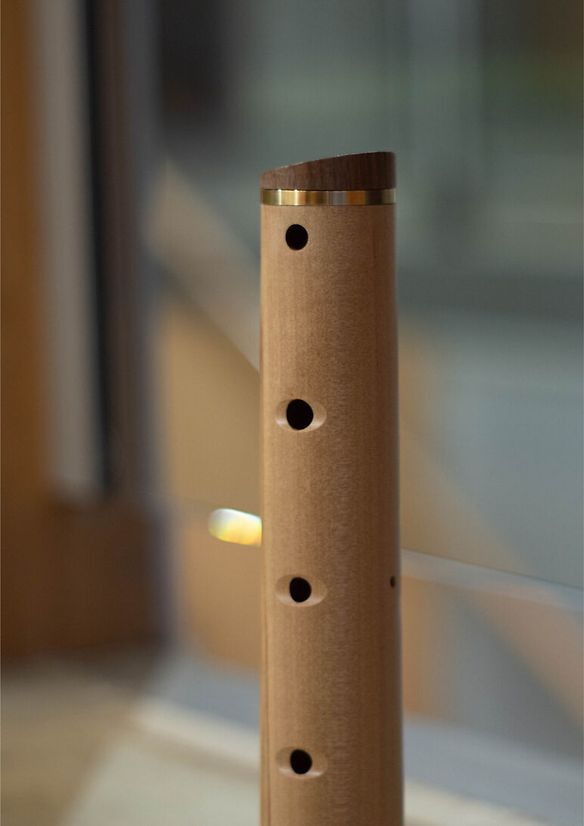
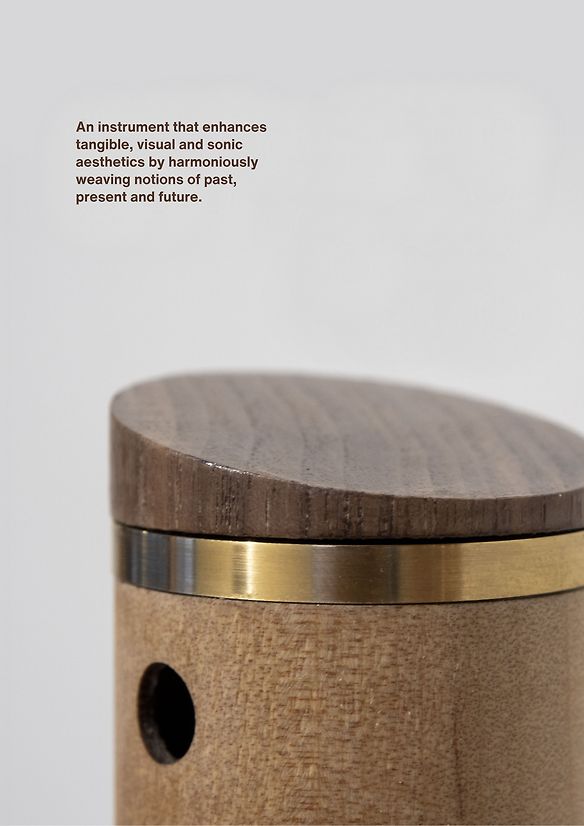
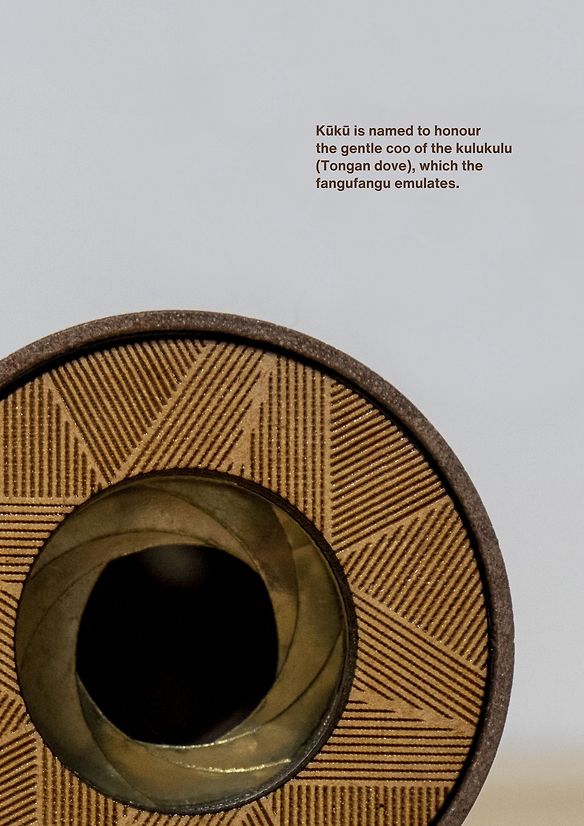
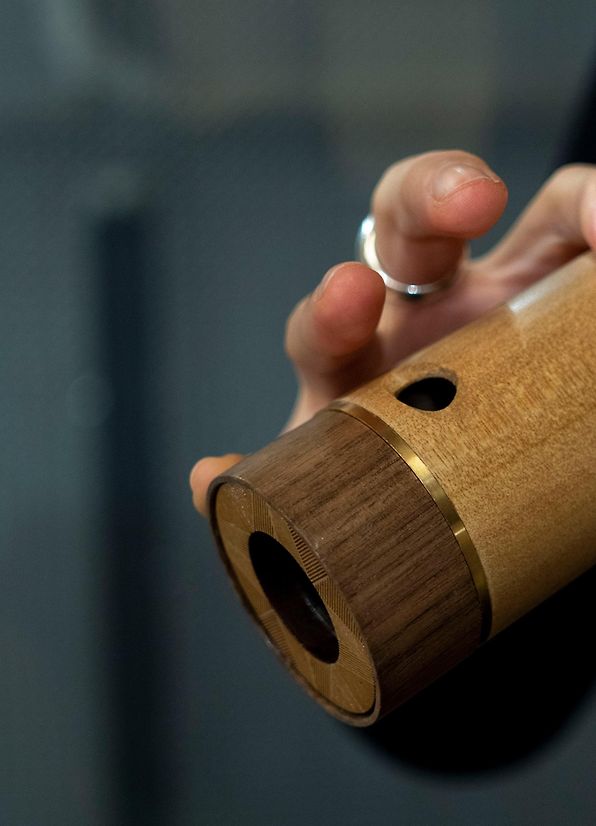
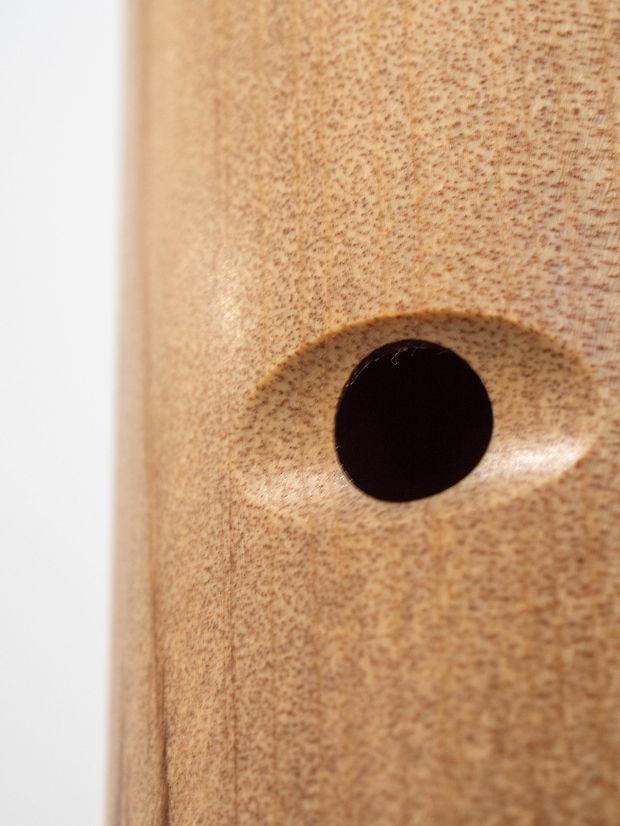
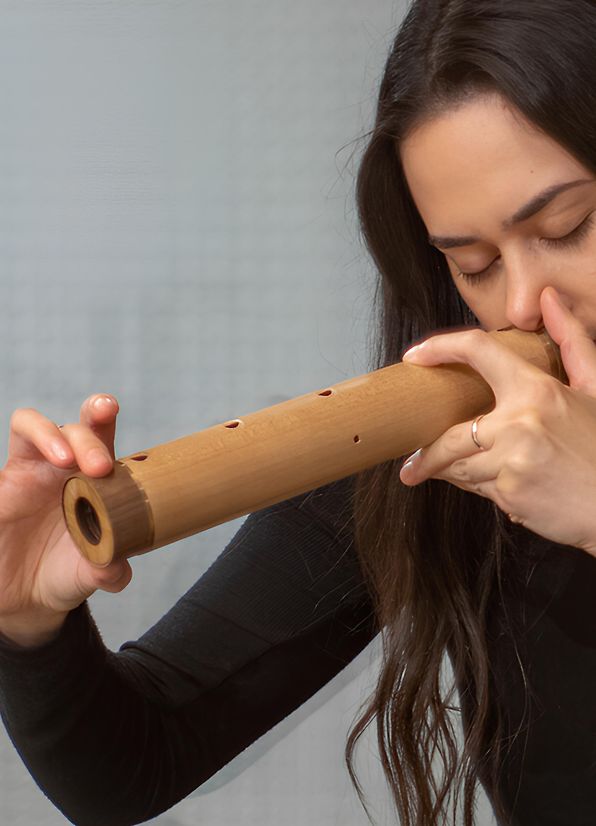
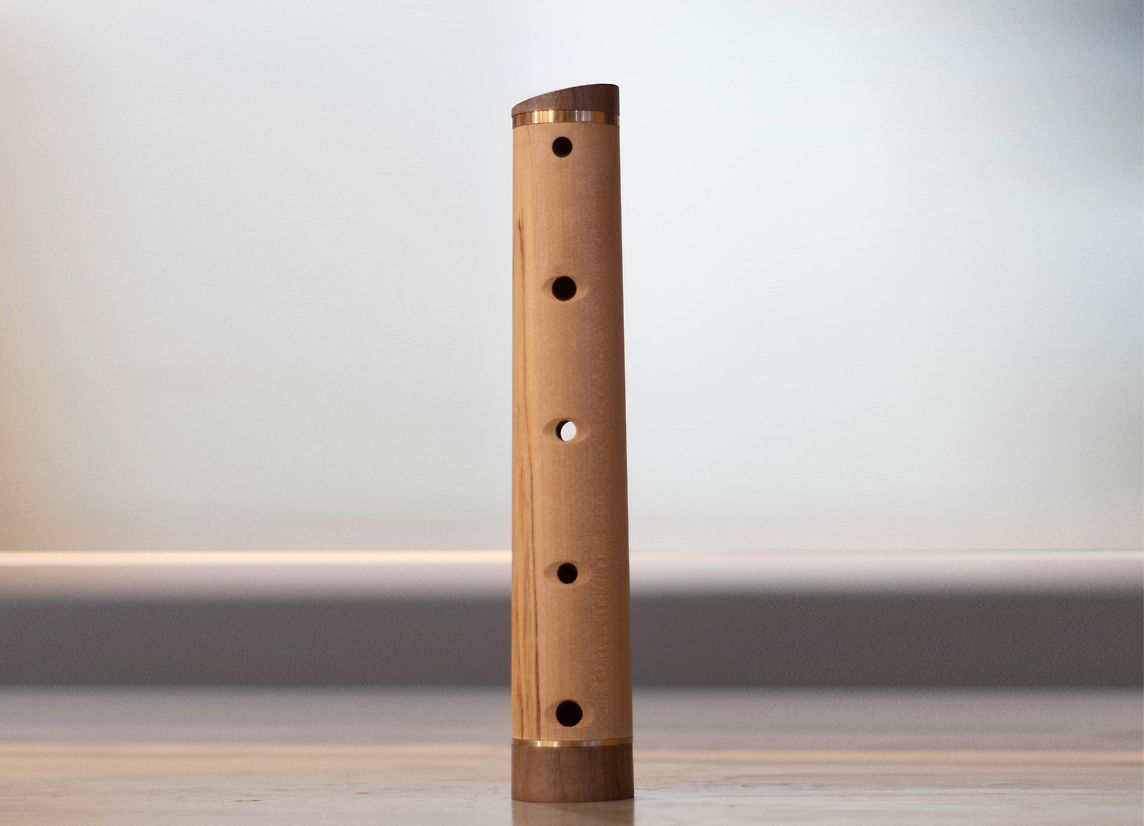

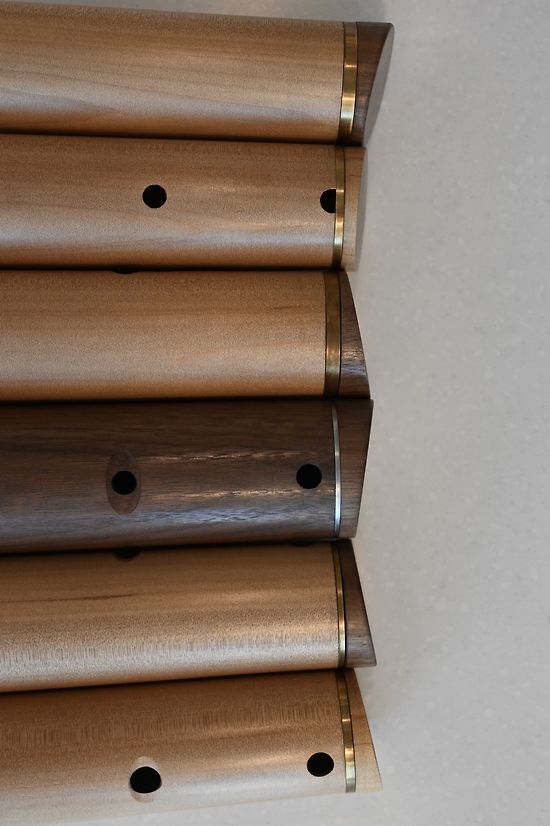
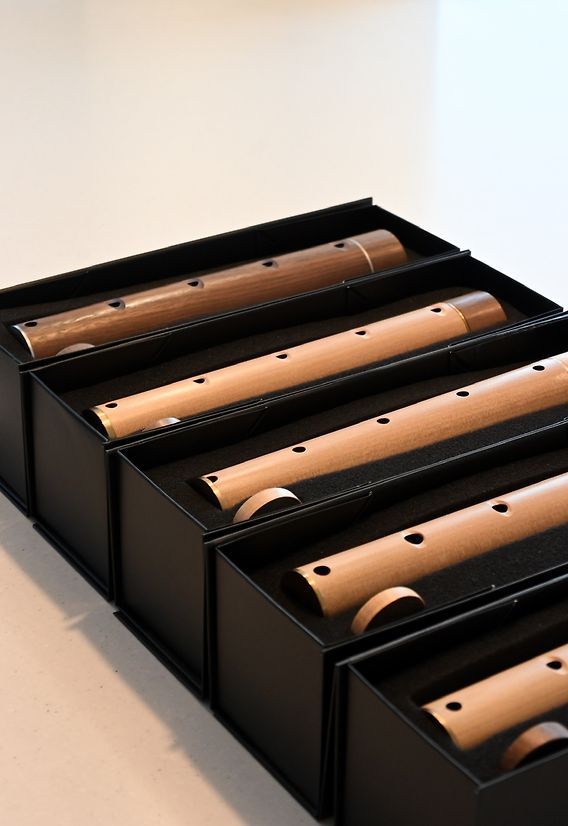
Description:
Kūkū: A reimagined fangufangu (nose-flute) for modern musicians of the Tongan diaspora.
The fangufangu (nose flute) is a Tongan musical instrument that traces back centuries. Once commonly used, the fangufangu was gradually supplanted after the introduction of Western musical alternatives by missionaries in the early 19th century. In recent decades, however, Tongan communities have revived fangufangu practices of making and performing. Kūkū contributes to this movement by drawing from customary and contemporary influences of making and performing, to offer a new perspective on this cultural heritage for modern musicians of the Tongan diaspora.
Grounded in Tongan worldviews and values, this research draws from the Kakala Framework (Thaman, 1997) by developing and demonstrating a Kakala Design Framework to guide exploration of the fangufangu from a culturally grounded and design-specific context. This supported Indigenous and creative-based methods to access, generate and share knowledge with Tongan scholars and practitioners.
The outcome of this process is embodied in Kūkū—named to honour the gentle coo of the kulukulu (Tongan dove), which the fangufangu emulates. Through an analogue approach to musical instrument design, Kūkū considers primary aspects of playability, sonic versatility, materiality, and musical aesthetics to accommodate use across diverse musical environments and individual playing styles.
Kūkū imbues shades of customary and contemporary influences, offering a rich and nuanced tonality over a wide dynamic range. As a customisable instrument, it introduces progressive features to support comfort, playability and sonic versatility for individual preferences and playing styles.
Key Features:
Tonewood Body
Handcrafted from Pacific Kauri, the body is tapered for amplification, broader sonic parameters, and upright storage in between uses. With an even and fine grain, this material produces consistent sound and supports the achievement of overtones and higher registers.
Adjustable Nose Cap
Fluid 360° rotation supports a range of adjustable angles and distances between the nose and blowing hole, assisting the user’s comfort and playability. It can also be detached for ease of cleaning.
Scalloped Finger Holes
Resembling the eye of the kulukulu, the sculpted form is another subtle homage to the Tongan dove. From a sonic and user-experience perspective, it enhances expressive techniques, creating a symbiosis between the player and the instrument.
Circumference Hole
An additional circumference hole broadens sonic possibilities for exploring expanded pitches and scales. Its thoughtful positioning aptly maximizes the use of the nose-plugging hand.
Tuning Dial
Expands the facilitation of Tongan musical aesthetics and expressive techniques such as hikihikitō (pitch modulation), hikihikikī (key modulation), ofe’i (pitch bending), and fakahēhē (continuity of sound) through an integrated and adjustable iris design with brass blades.
Visual Aesthetic & Materiality
Kūkū blends pacific kauri, black walnut and brass—chosen for their sonic qualities and their reflection of customary, contemporary, and place-based influences.
Kūkū is a fully functional, handcrafted nose-flute—produced in a limited edition of just seven instruments—created for select musicians and now ready for bespoke production. Kūkū enhances tangible, visual and sonic aesthetics by harmoniously weaving notions of past, present and future, while opening a new world of possibilities for fangufangu players.